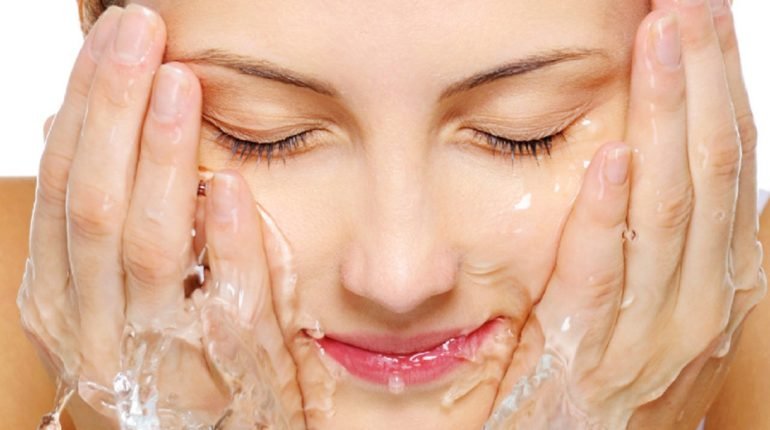Skin Care Health
Moisturizing vs. Hydrating – What’s the difference?
 Moisturize and hydrate have similar aims – to increase the skin’s hydration – but do so in different ways.
Moisturize and hydrate have similar aims – to increase the skin’s hydration – but do so in different ways.
When it comes to face care, moisturize and hydrate are common terms. They’re used interchangeably but they refer to different aspects of caring for our skin.
When we talk about hydration, we mean the water content of the most upper layer of the skin, the epidermis (the top part of the skin). Our skin forms a water gradient from the bottom of the epidermis to the outer, protective layer that is in contact with the external environment—the stratum corneum. The deepest layers of our skin contains around 70 percent water, and when in a healthy, hydrated state, the stratum corneum comprises around 20-30% water. Less than this and our skin may appear dull, dry and flaky, and its barrier function will be impaired.
So how do we hydrate skin? Well, two ways:
Extrinsic hydration, which is the moisture that is added to the skin from external sources, such as cosmetic humectants, humidity in the air and water.
Intrinsic hydration, which is the moisture that is naturally produced within the skin and is affected by diet and water consumption.
The outer epidermal is responsible for managing the skin’s lipid barrier and its own natural moisturizing factor (NMF). Lipid barrier and NMF are not the same thing. The lipid barrier contains fatty acids, ceramides and cholesterol, and the NMF contains humectants such as amino acids, urea, lactate, mineral salts and organic acids. We describe the NMF as hygroscopic because it attracts water to retain it in our skin. Hyaluronic acid, a humectant, is not part of the NMF, but it is present in the dermis (the skin’s middle layer).
Hydroscopic (water-attracting) ingredients, like humectants, help replenish the stratum corneum’s water content. They work by actively attracting more water to the skin and helping retain it within the skin to improve overall hydration levels.
Of course, the best way to hydrate skin is by drinking plenty of water, a 100 to 120 ounces a day. Also, a diet rich in vegetables, fruit, and beans provides nutrients skin needs.
To help the skin’s lipid barrier function well as a protective layer and be fully effective in preventing transepidermal water loss (TEWL), we use a moisturizer. It helps reduce TEWL by replenishing the skin lipids and aiding in their barrier function by providing an occlusive layer. The word “moisturize” is somewhat misleading. To moisturize implies adding moisture, when in fact cosmetic moisturizers act to prevent water loss from the skin rather than add more water to it.
In conclusion
Moisturizing and hydrating are both critical to maintaining healthy skin. They share the same aim of keeping the skin hydrated, but do so in different manners. Moisturizing is aimed at repairing the skin’s lipid barrier and preventing TEWL, while hydrating actively boosts and helps retain the water content of the upper epidermis layer (stratum corneum).

